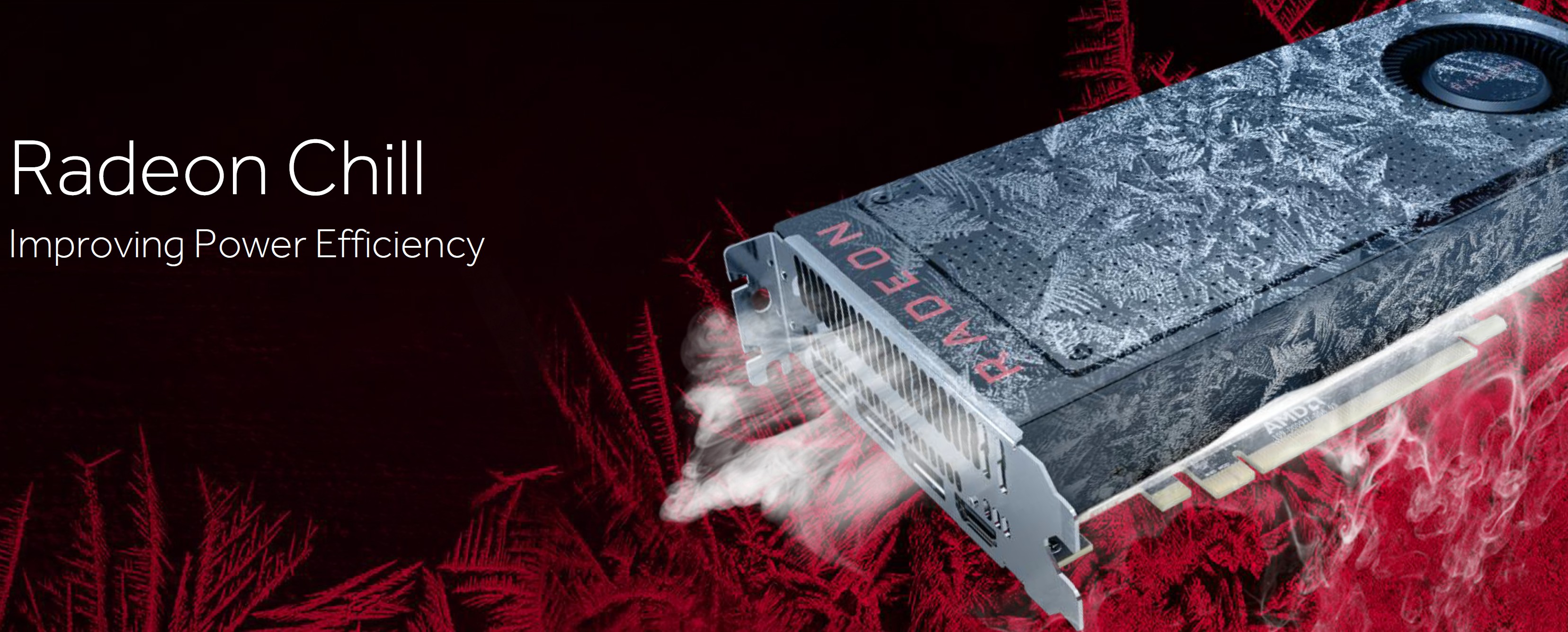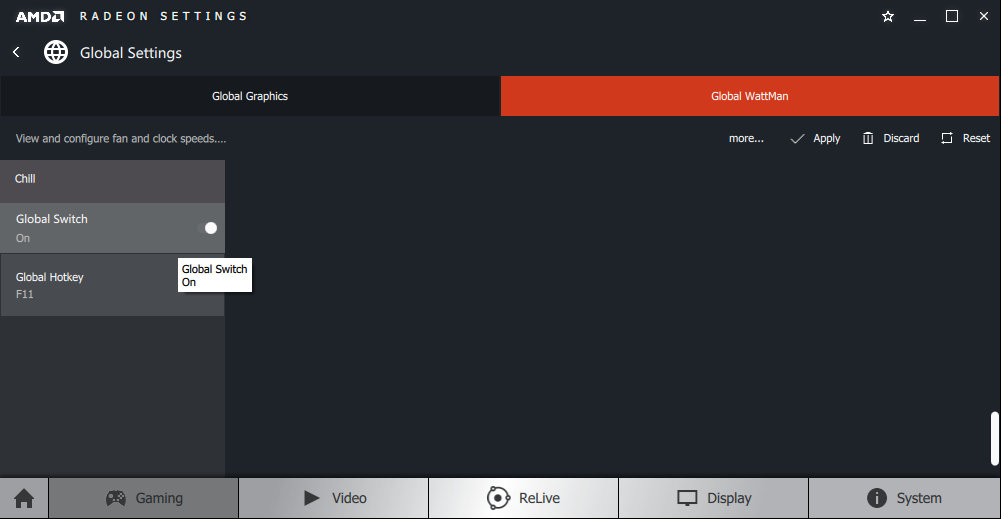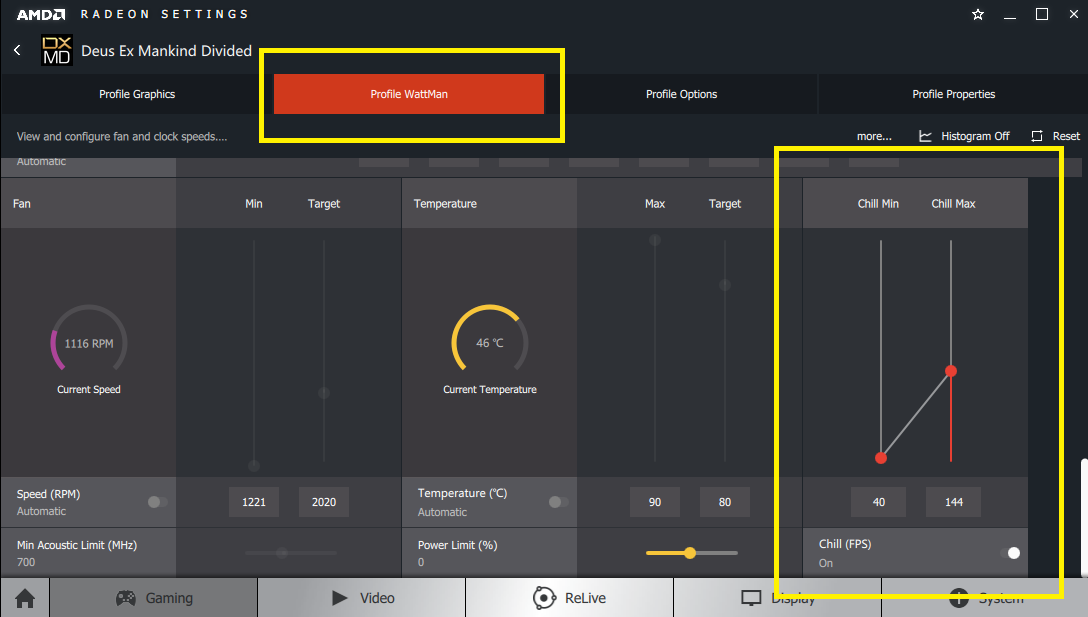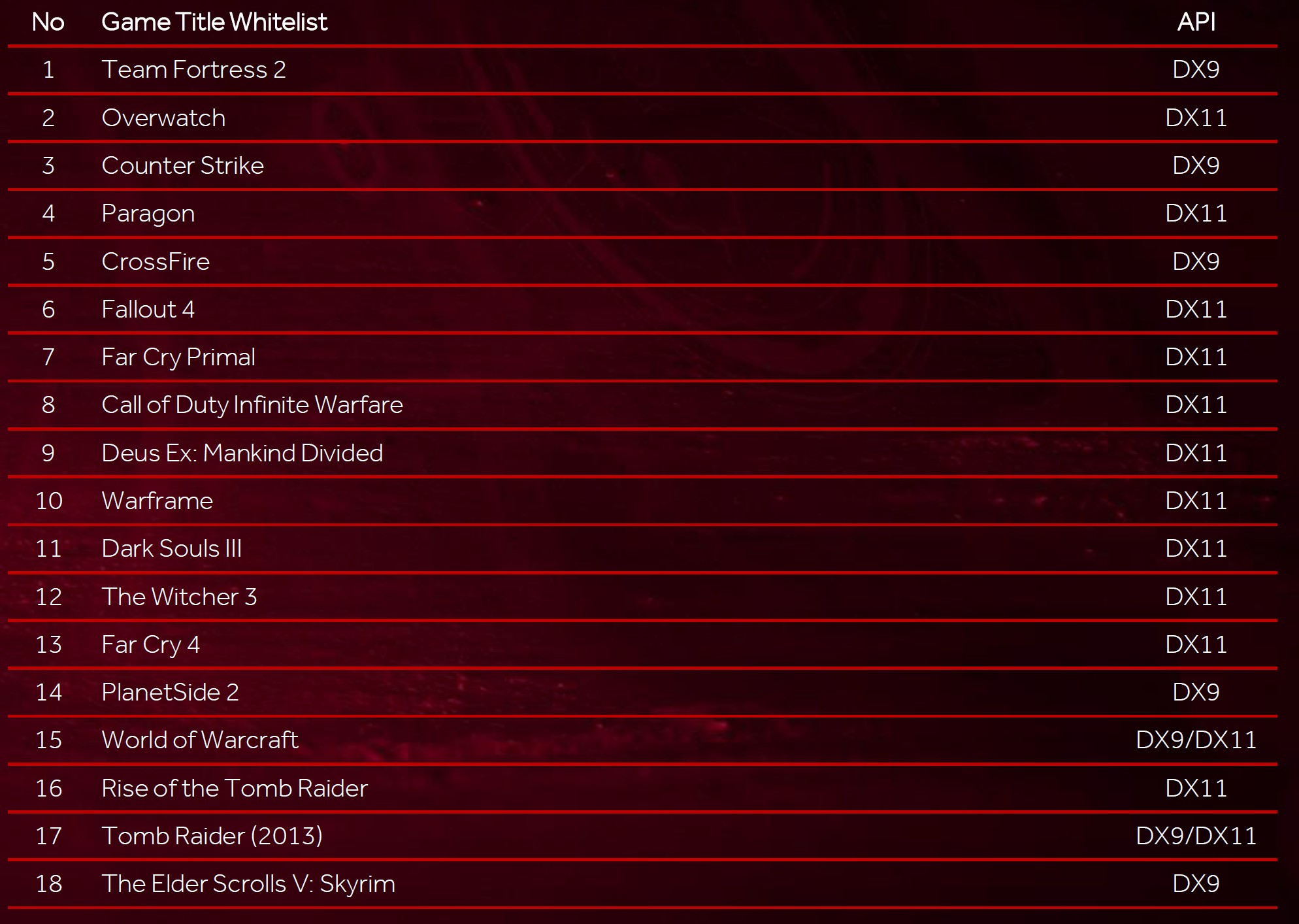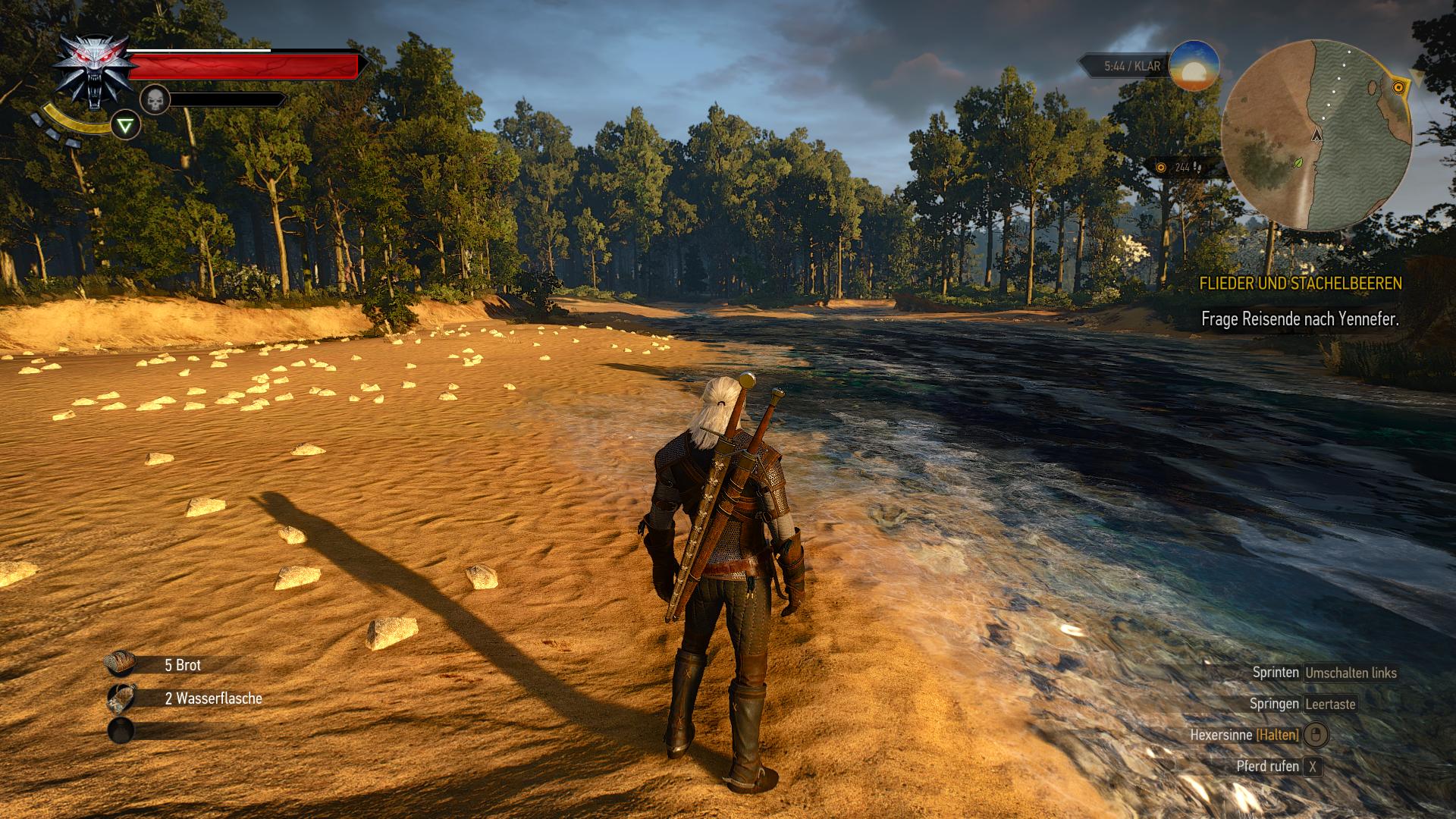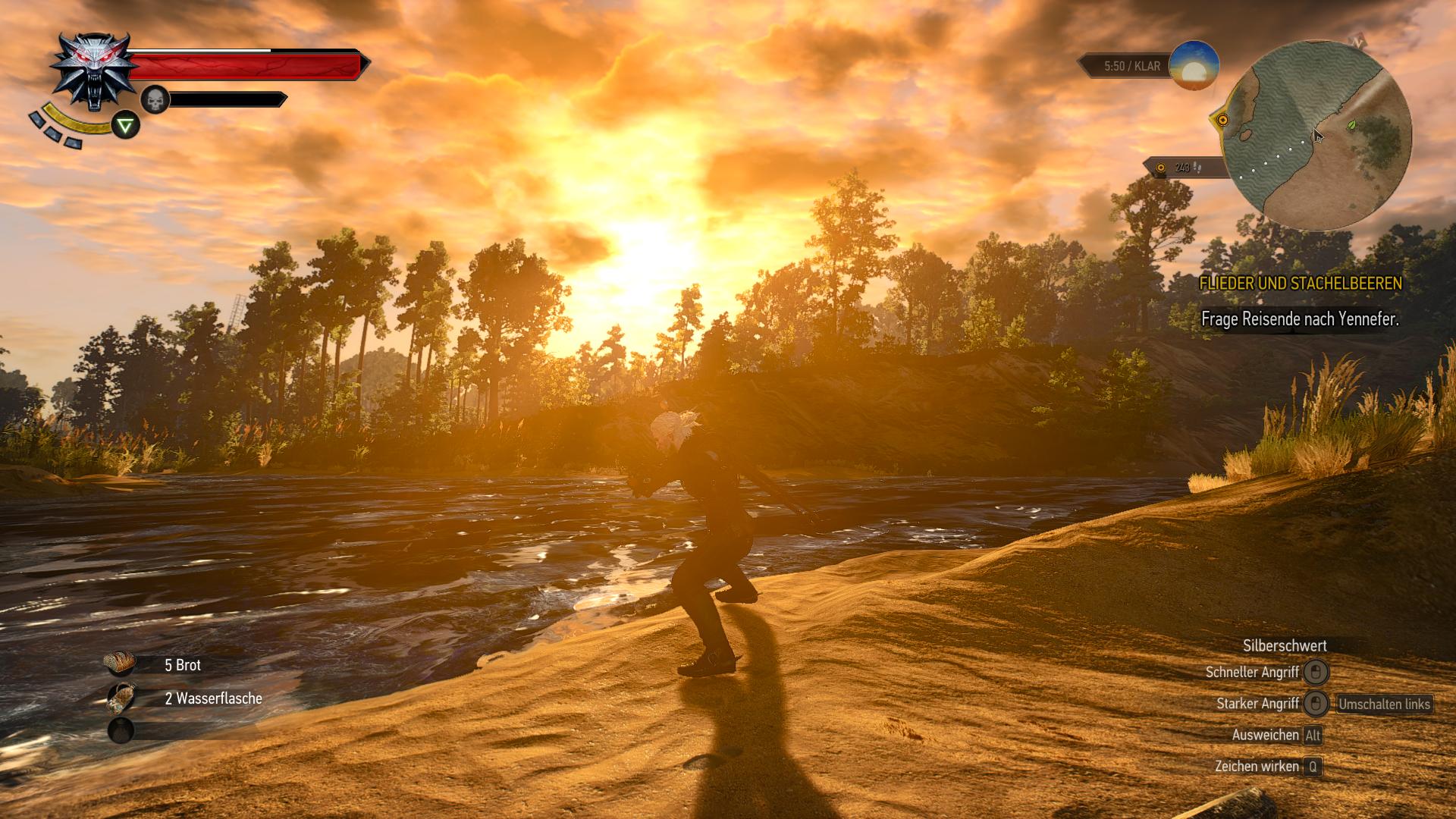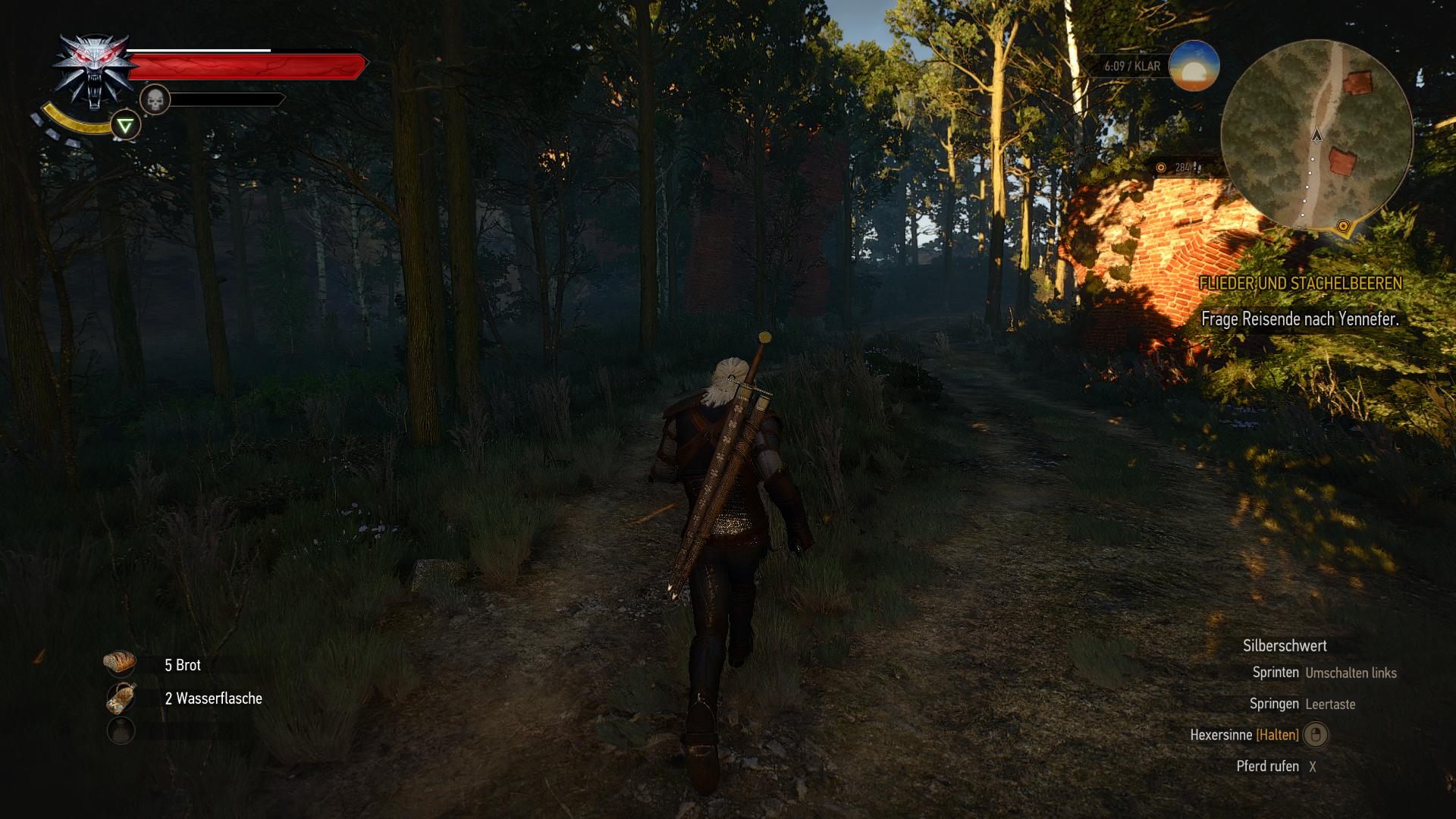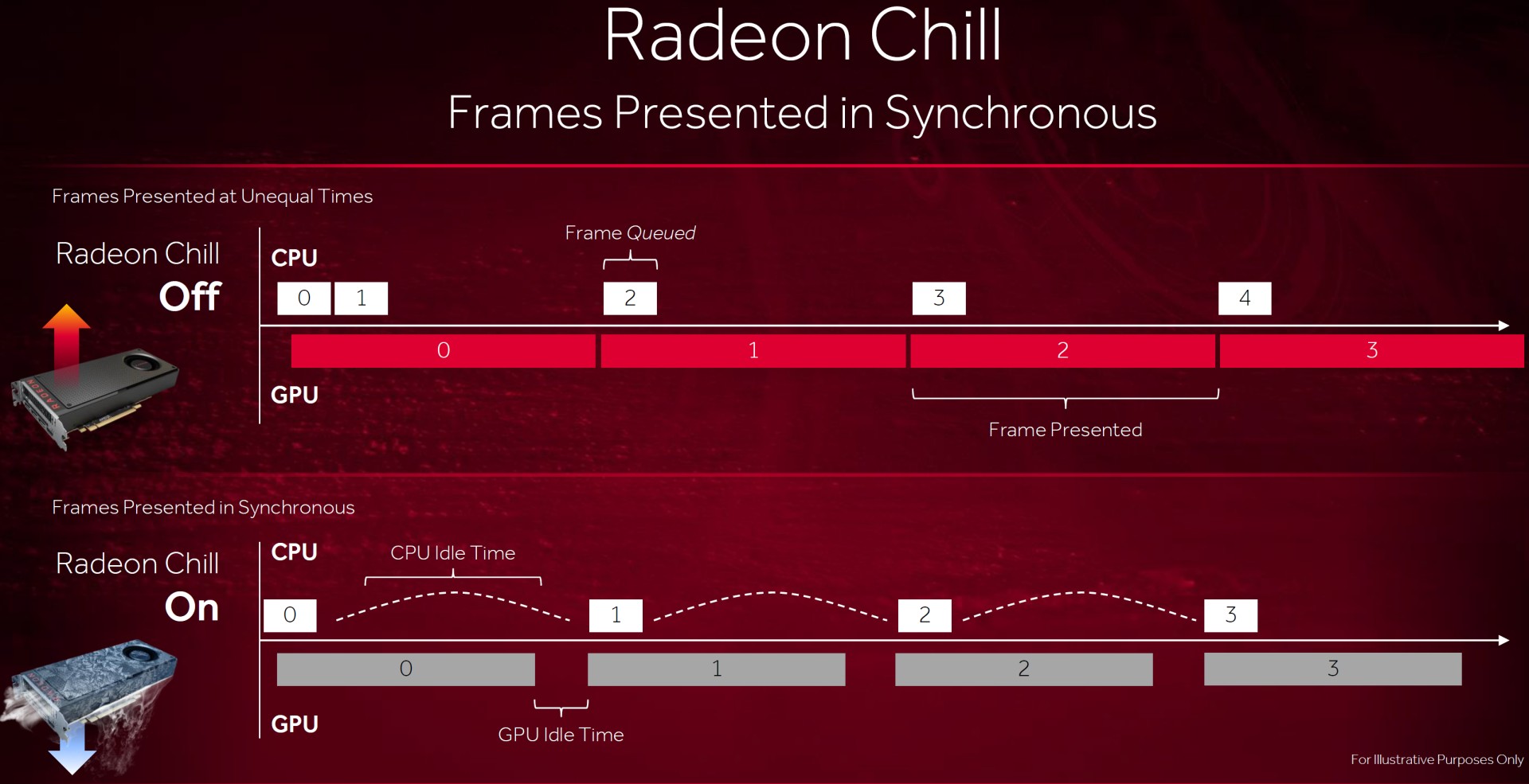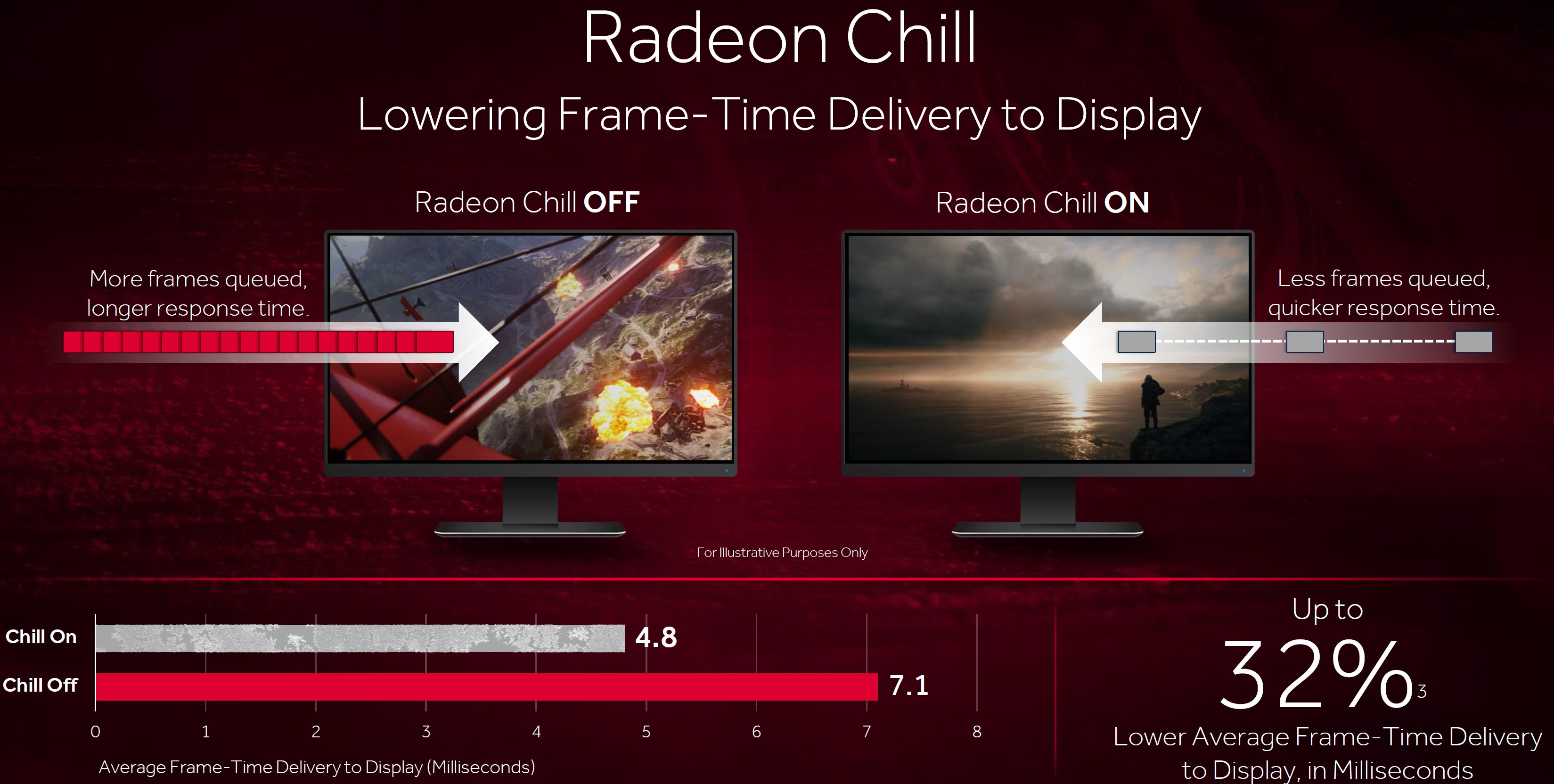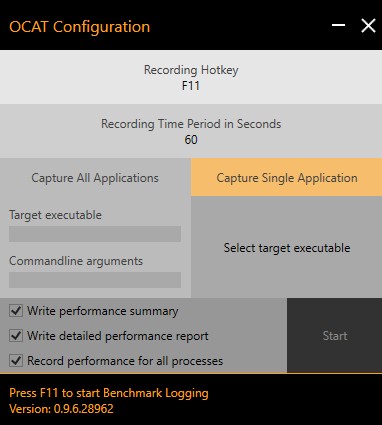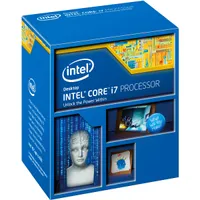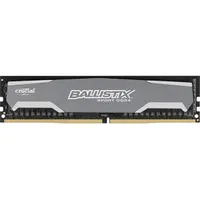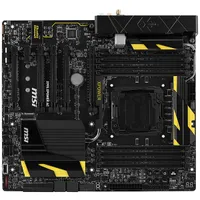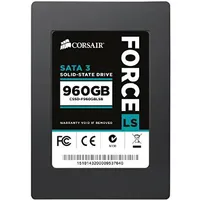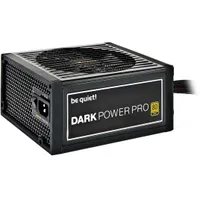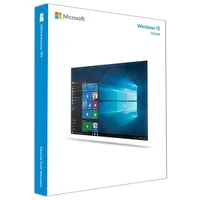Benchmarking AMD Radeon Chill: Pumping The Brakes On Wasted Power
The Latest From AMD: Radeon Chill and OCAT
AMD's Crimson ReLive Edition drivers introduce a number of new features. But the one we're focusing on today is called Radeon Chill. It claims to dynamically regulate frame rates based on detected in-game movement. The purpose, of course, is to reduce power consumption when your on-screen experience won't necessarily benefit from higher performance.
And we're using another product of AMD's development efforts, the Open Capture and Analytics Tool, or OCAT, to benchmark the effect of Radeon Chill. Technically, OCAT does the same thing as our custom front-end for PresentMon, enabling data collection in DirectX 11-, DirectX 12-, and Vulkan-based games.
Enabling Radeon Chill
Chill is activated through Radeon Settings, on the WattMan page. You have the option of turning it on globally or disabling it (default), regardless of what's selected in the game profiles.
Ah, but there are restrictions. Radeon Chill only works with DirectX 9 and DirectX 11 games. If you installed the game profiles along with your AMD drivers, you can use the feature on a per-title basis and even specify a target. The minimum frame rate is 40, preventing you from imposing a sub-optimal experience on accident.
Sounds cool, right? Unfortunately, just like Nvidia's Ansel feature, only a handful of games are currently supported. The whitelist includes some big names, so at least AMD is putting its attention in the right place. And we naturally expect the company to continue adding as development resources allow.
Functionality and Features
AMD hasn't given us much in terms of technical specifics, so we're largely left to guess what's going on. We can see that, in fairly static scenes, the frame rate drops. As a result, we measure lower power consumption.
The company's driver appears to respond to mouse or keyboard input, as well as major changes to what happening on-screen. Really, you don't even perceive the lower frame rate when it happens. As soon as the need for more performance is detected, Radeon Chill lets off the brake.
Get Tom's Hardware's best news and in-depth reviews, straight to your inbox.
To illustrate, we picked three scenes from The Witcher 3 to collect performance and power data from. The first benchmark demonstrates when you'd most likely see Chill in action. The scene remains mostly unchanged and the camera remains static. The subject, Geralt, is really just an animated mesh, and mostly remains at rest.
In the second scene, we rotate the camera back and forth around the Y axis by 360°. Then we get Geralt to jump in front of the camera and perform a couple of attacks. This procedure begins again until our one-minute recording is over.
Our expectation is that power consumption will be slightly higher, since a small part of the scene is moving.
But what happens when you move the camera on all three axes, behind Geralt, who is running? Dense forest presents a serious graphics workload in The Witcher 3, so we assume Radeon Chill won't be able to save much power (and we certainly don't want it limiting frame rate when performance is needed).
As you might imagine, Radeon Chill complements AMD's FreeSync technology, since even lower frame rates appear smooth and tear-free. In order to keep our benchmarks comparable, we kept FreeSync disabled. But it's good to know the features work together.
While Radeon Chill's inner workings are difficult to assess subjectively, it appears that AMD is trying to better align frame output to maximize CPU and GPU idle time.
The company claims this actually improves response time because fewer frames are queued.
Benchmark with OCAT
OCAT is a free tool that AMD is making available for benchmarking. It covers everything from DirectX 9 to DirectX 12, OpenGL, Vulkan, and UWP apps. OCAT isn't really new, though: it's basically PresentMon with a clean front-end, adapted to the style of AMD's own software.
Like PresentMon, OCAT creates .csv files with recording results for analysis. Because our performance interpreter is already optimized for PresentMon, it has no trouble with OCAT output.
Test System
We popped MSI's RX 480 Gaming 8G into our test bench. Its almost 190W maximum power consumption is most likely to demonstrate an improvement at the hands of Radeon Chill. The rest of our machine is as follows:
MORE: Best Graphics Cards
MORE: Desktop GPU Performance Hierarchy Table
MORE: Gaming At 3840x2160: Is Your PC Ready For A 4K Display
MORE: How Well Do Workstation Graphics Cards Play Games?
MORE: All Graphics Content
- 1
- 2
Current page: The Latest From AMD: Radeon Chill and OCAT
Next Page Radeon Chill: Performance And Power Consumption
Igor Wallossek wrote a wide variety of hardware articles for Tom's Hardware, with a strong focus on technical analysis and in-depth reviews. His contributions have spanned a broad spectrum of PC components, including GPUs, CPUs, workstations, and PC builds. His insightful articles provide readers with detailed knowledge to make informed decisions in the ever-evolving tech landscape
